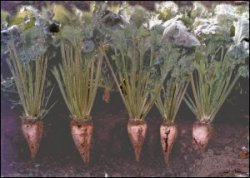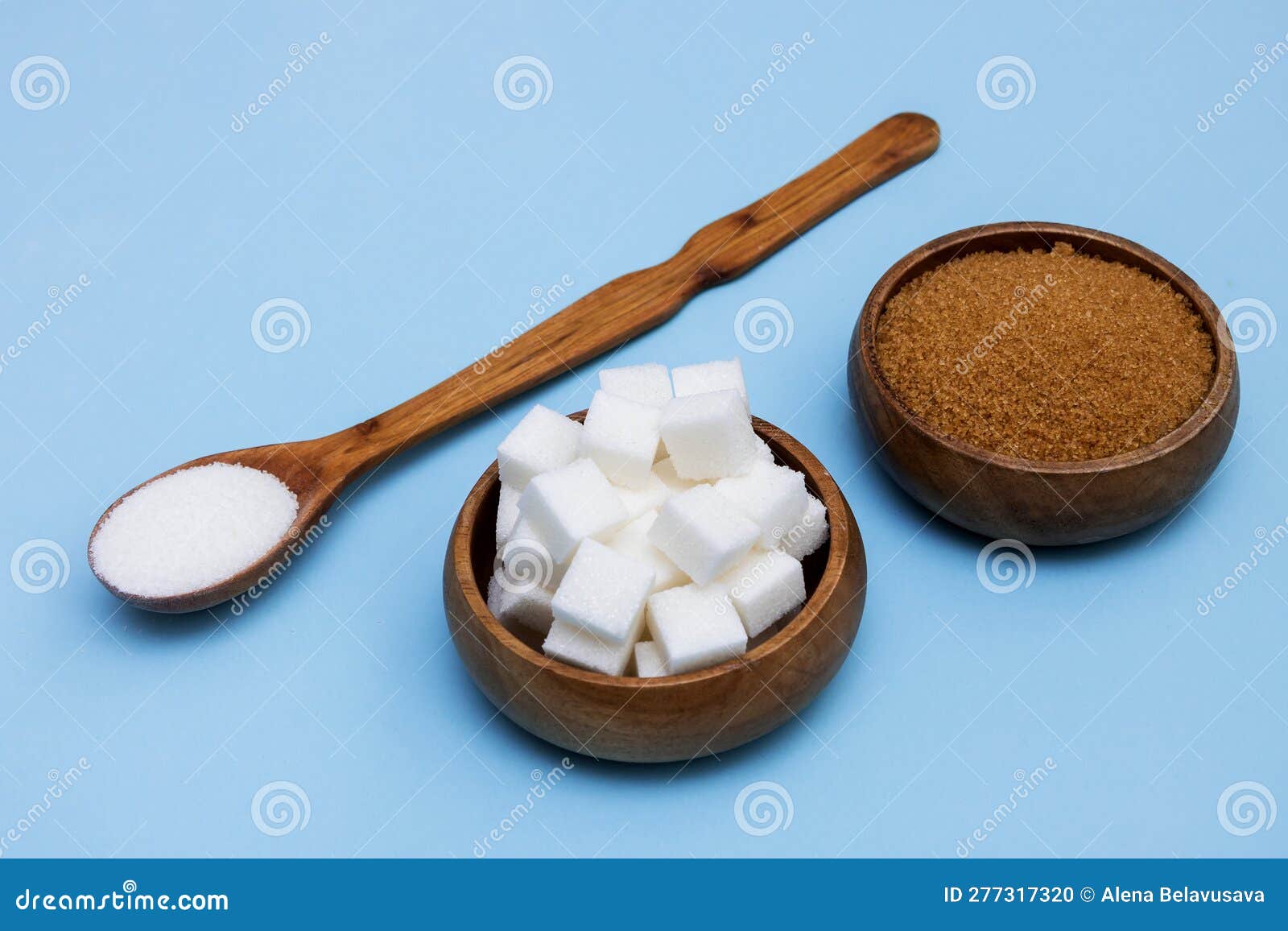Beet Sugar vs Cane: Which Sugar Is the Right Choice for Baking?
Beet Sugar Vs Walking Cane: Discover the very best Option for Your Sweetening Requirements
The choice in between beetroot sugar and walking cane sugar extends beyond simple sweet taste; it includes elements such as flavor accounts, production approaches, and dietary advantages. While both sugars serve comparable objectives in cooking applications, their unique features might significantly influence your option based on particular requirements. For instance, the earthy undertones of beet sugar may not enhance every recipe, whereas cane sugar is usually preferred for its tidy preference. As we discover these subtleties, it comes to be vital to consider which option aligns finest with your cooking goals and health choices. What might surprise you are the effects of each option on your total food preparation experience.
Overview of Beetroot Sugar
Beet sugar, generally originated from the sugar beetroot plant, is frequently used as an essential artificial sweetener in various foodstuff. The sugar beetroot, a biennial plant, prospers in warm environments and is mostly grown in areas such as Europe and The United States And copyright. beet sugar vs cane. The extraction procedure includes cutting the beetroots and drawing out the juice, which is then detoxified and crystallized to create granulated sugar
One noteworthy quality of beet sugar is its chemical composition, which is nearly the same to that of cane sugar, as both are composed primarily of sucrose. This similarity permits beet sugar to be made use of mutually with cane sugar in recipes and food manufacturing.
Beet sugar is also noted for its adaptability in numerous applications, consisting of baking, beverage formulation, and confectionery manufacturing. Additionally, the beet sugar market has made strides in lasting practices, with numerous manufacturers implementing eco pleasant farming approaches.

Summary of Walking Cane Sugar
Walking stick sugar, stemmed from the sugarcane plant, is among one of the most widely identified and made use of sugar worldwide. It is largely made up of sucrose, a disaccharide that provides a wonderful taste account important for different cooking applications. Walking stick sugar is generally found in granulated type but is also readily available as raw sugar, brown sugar, and powdered sugar, each serving distinctive functions in food preparation and cooking.
The farming of sugarcane is popular in exotic and subtropical regions, adding to its prevalent accessibility. The plant thrives in cozy environments, needing ample sunshine and water for optimum growth. Cane sugar is commonly valued for its natural manufacturing technique and marginal processing, which maintains its taste and dietary buildings.
In addition to its culinary usages, walking stick sugar plays a substantial role in the food sector, functioning as a chemical, fermentation substrate, and texturizing representative. Its adaptability expands beyond food, discovering applications in drinks, confections, and even cosmetics. With a long background and a strong cultural existence, cane sugar continues to be a recommended selection for customers seeking an all-natural sweetening alternative.
Manufacturing Procedures Compared
When contrasting the production processes of beet sugar and walking stick sugar, it ends up being clear that each method reflects the distinct qualities of its source product. Beet sugar manufacturing starts with gathering sugar beets, which are then washed, sliced, and subjected to warm water removal to dissolve the sugar. The resulting juice undergoes purification via liming and carbonation, adhered to by dissipation to concentrate the juice. Finally, crystallization happens, producing raw sugar, which is then improved to create the last item.
In comparison, walking stick sugar manufacturing entails collecting sugarcane stalks, which are squashed to remove juice. The cane sugar procedure includes a much longer milling and pushing phase, which helps in extracting optimum juice from the stalks.
Both processes stress efficiency, but the methods highlight distinctions in equipment and power usage. Beet sugar often tends to have a more simple processing path, while walking cane sugar manufacturing can be more complicated because of the coarse nature of the walking stick stalks. Ultimately, these differences form the qualities of the sugars generated.
Nutritional Profiles and Advantages
Sugar, a staple in many diets, differs in nutritional profiles and advantages depending upon its source. Both beet sugar and walking cane sugar mostly are composed of sucrose, providing comparable caloric material-- around 4 calories per gram. Nonetheless, subtle differences can affect customer selections and assumptions.
Beetroot sugar is derived from sugar beets, which include little quantities of vitamins and minerals, such as potassium and calcium, but these nutrients are existing in minimal quantities when consumed in normal amounts. Alternatively, walking stick sugar, removed from sugarcane, might supply comparable trace nutrients, yet the distinctions are marginal and largely insignificant in the context of a balanced diet plan.
One noteworthy aspect is the ecological impact of each source, which can indirectly affect nutritional options. Beet sugar manufacturing is often seen as more lasting as a result of lower water usage compared to walking cane sugar farming. Furthermore, some people choose beet sugar due to its non-GMO condition in particular regions, potentially aligning with health-conscious customer patterns.

Taste Differences and Uses
Unique flavor accounts identify beet sugar and cane sugar, affecting their applications in various culinary contexts. Beet go sugar has a slightly natural preference, which can be connected to the dirt in which the beets are expanded.
In useful terms, beetroot sugar and cane sugar can generally be utilized reciprocally in the majority of recipes. Nonetheless, pastry cooks and cooking specialists usually lean in the direction of walking cane sugar for its superior capacity to caramelize, which is necessary in developing complicated flavor accounts in confections and sauces. In addition, walking cane sugar is favored in drinks, as its taste liquifies effortlessly, preserving the honesty of the drink.
Eventually, the selection between beet and cane sugar may boil down to individual preference and the details requirements of the dish, with each kind offering special characteristics that can enhance the cooking experience.
Conclusion
In recap, the choice in between beet sugar and walking stick sugar pivots on details culinary applications and individual health considerations. While beet sugar provides a somewhat earthy flavor and sustainable manufacturing benefits, cane sugar's cleaner sweet taste is often chosen in baking and delicate dishes. Reviewing the manufacturing processes, dietary accounts, and flavor distinctions can guide customers in choosing one of the most ideal sweetener for their requirements, making certain both taste fulfillment and alignment with dietary preferences.
Beetroot sugar, frequently derived from the sugar beetroot plant, is frequently used as an essential sweetening agent in numerous food items. Cane sugar is generally discovered in granulated type however is additionally readily available as raw sugar, brownish sugar, and powdered sugar, each serving distinct purposes in food preparation and baking.
When contrasting the production click for more processes of beet sugar and walking cane sugar, it ends up being clear that each method reflects the unique attributes of its source material. Beet sugar production starts with harvesting sugar beetroots, which are after that washed, cut, and subjected to hot water extraction to dissolve the sugar. Beetroot sugar often tends to have a more straightforward handling course, while walking stick sugar production can be extra complex due to the coarse nature of the cane stalks.